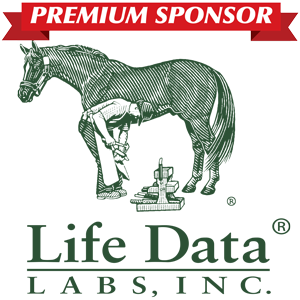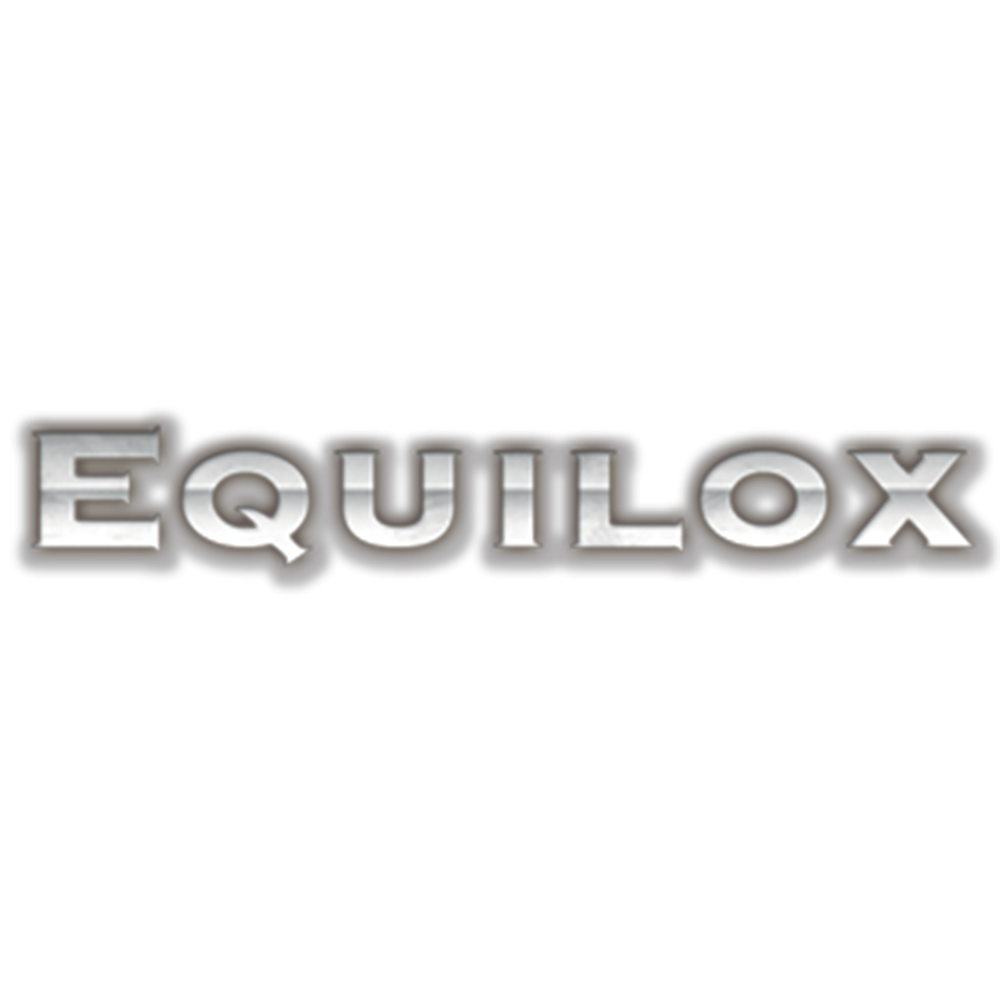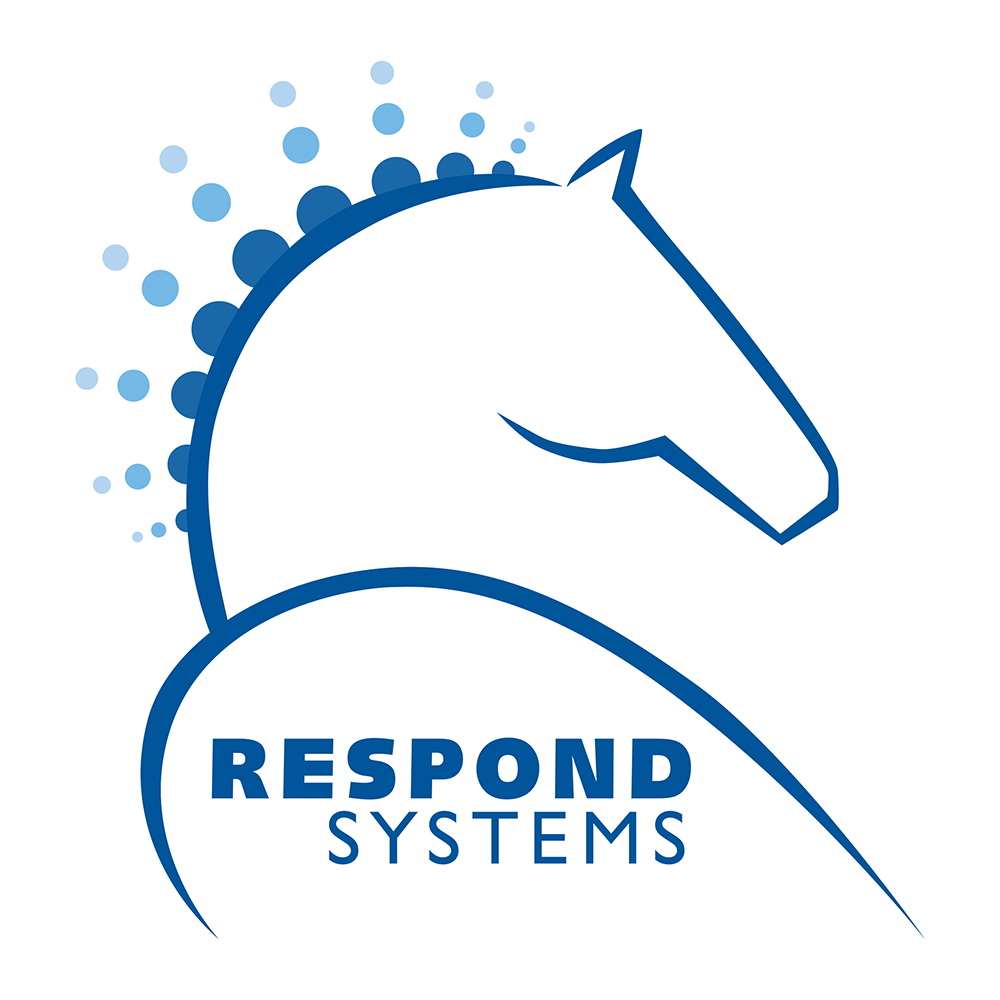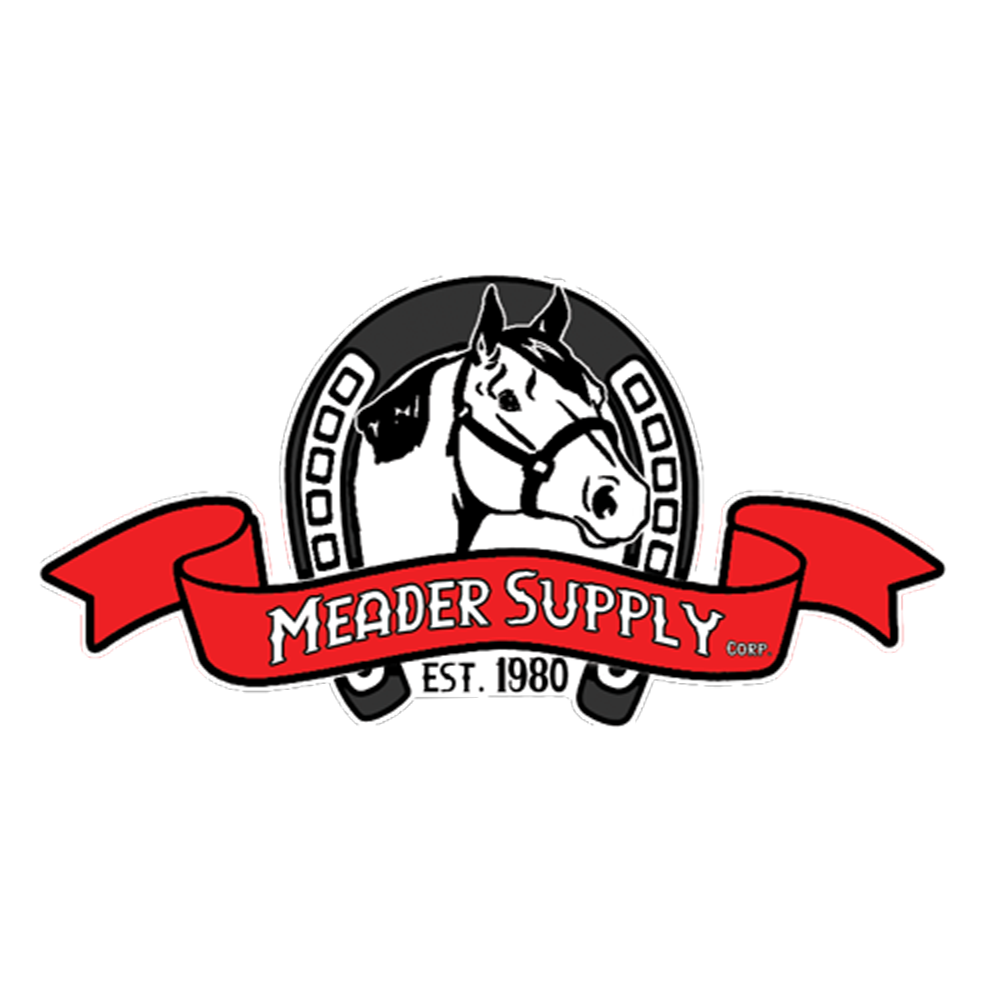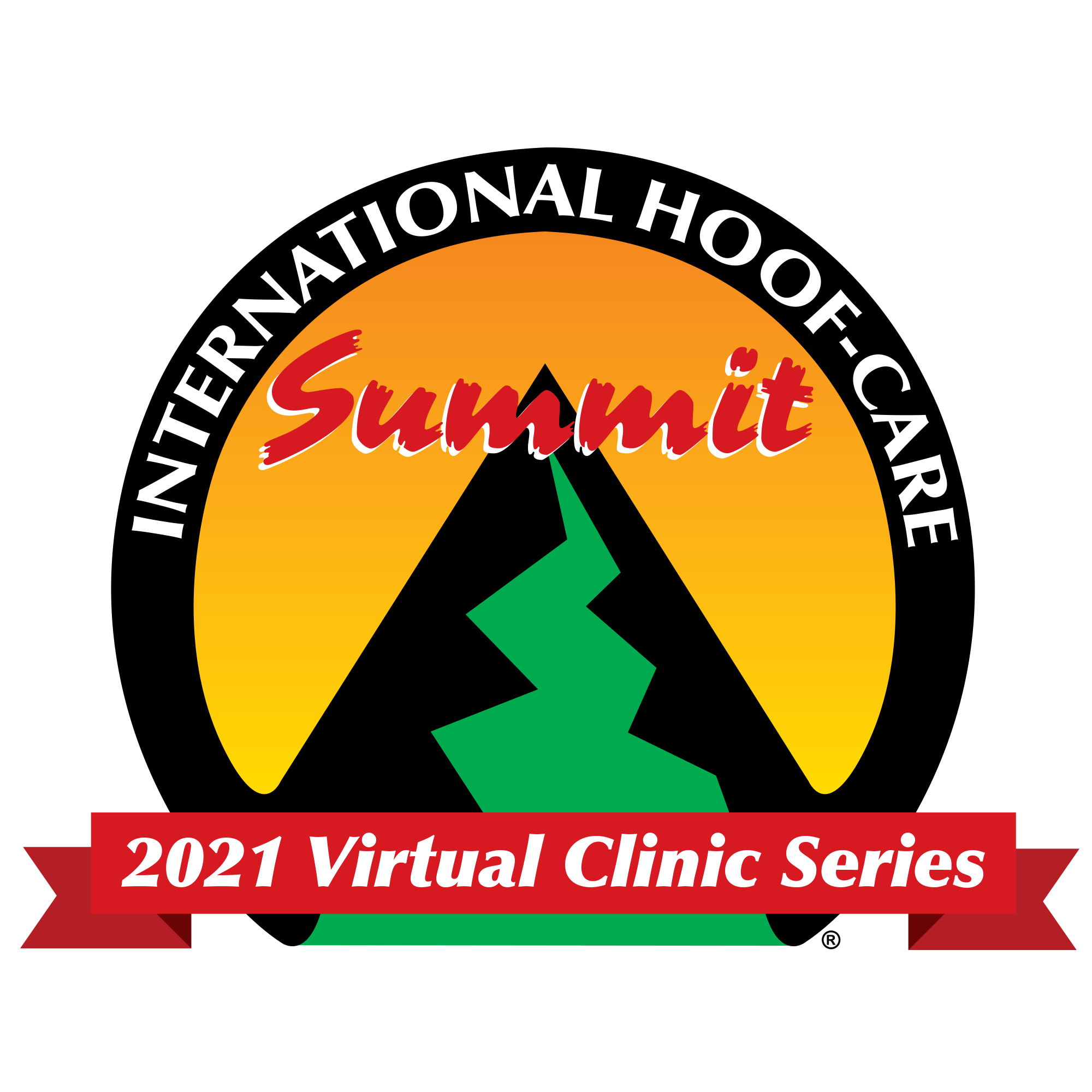
INTERNATIONAL HOOF-CARE SUMMIT
2021 Virtual Lecture Series
DID YOU MISS March's LIVE AND ON-DEMAND SESSIONS FOCUSING ON THE MONTHLY THEME OF "Better footcare basics?"
Sign up today for $99 and gain access to replay each live and on-demand session below that was featured during March's program focusing on "Better Footcare Basics."
You'll also get access to each session available in April, plus HOURS of additional live and on-demand sessions that will be released each month through September 2021!
schedule of monthly virtual clinic themes
September: Improving Product Use and Application
(Coming Soon)
August: Building a Better Business and Client Management
(Learn about August's program here)
July: The Future of Evidence-Based Farriery
(Learn about July's program here)
June: Anatomy and Biomechanics
(Learn about June's program here)
May: Managing Foot Diseases
(Learn about May's program here)
April: Shoeing for Specific Disciplines
(Learn about April's program here)
March: Better Footcare Basics
(Learn about March's program below)
February: Therapeutic Shoeing
(Learn about February's program here)
March PROGRAM THEME: BETTER FOOTCARE BASICS
Brought to you by:
get replay access to march's sessions...
Q&A SESSION:
"THE COWBOY CODE AND IMPROVING YOUR BUSINESS"
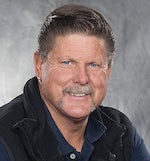
Virtual Clinician:
Bob Smith
Owner & Operator, Pacific Coast Horseshoeing School in Plymouth, Calif.
Burney Chapman Memorial Lecture speaker Bob Smith answers your questions about his on-demand Virtual Clinic Series presentation, "The Cowboy Code and Improving Your Business." The owner of the Pacific Coast Horseshoeing School in Plymouth, Calif., shares 10 guidelines for running your farrier business and managing your life.
The Burney Chapman Memorial Lecture is brought to you by Life Data Labs, Inc.
Watch a Preview of This Session:
PANEL DISCUSSION:
"THE BASICS EVERY SHOEING JOB SHOULD CONSIDER, PART 2"
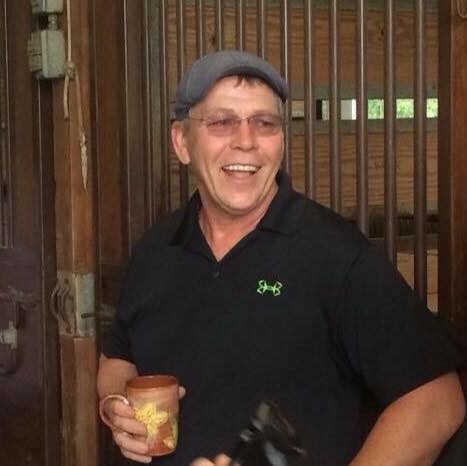
VIRTUAL CLINICIAN:
Doug Anderson, Farrier, Mt. Airy, Md.
In this 2-part session, Doug Anderson moderates a panel of hoof-care experts who discuss "The Basics Every Shoeing Job Should Consider." The panel shares insight into observing and analyzing the horse before, during and after you work with it. Joining Anderson is Sammy Pittman, DVM, CF, of Innovative Equine Podiatry and Veterinary Services in Collinsville, Texas; Pat Broadus, CF, APF-I, of Shelbyville, Ky.; Tim Cable, APF-I, of Wellington, Fla.; Jason Critton, CJF (TE), APF; and Shane Westman, APF-I, farrier at the William R. Pritchard Veterinary Medical Teaching Hospital at the University of California, Davis.
Q&A SESSION:
THE BENEFITS OF NUTRITION IN TREATING LAMINITIS
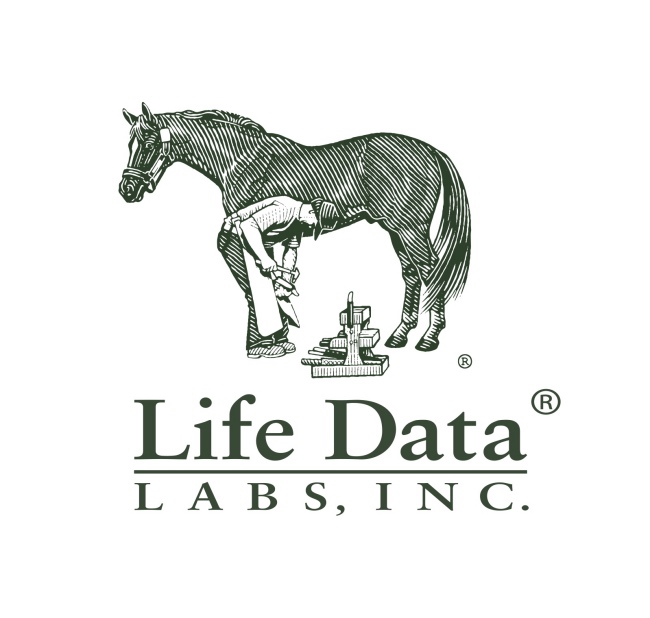
Watch a replay of a live Q&A session offering hoof nutrition insight and product innovation information from Life Data Labs representative Mike Barker.
Plus...
GET EXCLUSIVE ACCESSS TO Top-Rated Sessions from Previous International Hoof-Care Summits.
Register today and you'll receive on-demand access to these best-of-the-best "Better Footcare Basics" presentations from past International Hoof-Care Summits:
DRAWING THE EQUINE LIMB
Anna Haas, Drawing Instructor
Over the years, many a hoof has been sketched on cocktail napkins and scraps of paper where farriers gather to break bread. Being able to draw the foot isn't a skill that is required of shoers, but one that can be helpful when taking advanced examinations and grasping anatomical concepts. In this session, equine enthusiast and artist Anna Haas shares basic tips that will help you render a foot that is proportionate and can provide a meaningful reference in your client records.
THE COWBOY CODE AND IMPROVING YOUR BUSINESS
Bob Smith, Owner & Operator, Pacific Coast Horseshoeing School, Plymouth, Calif.
Bob Smith, an International Horseshoeing Hall of Fame farrier and owner of the Pacific Coast Horseshoeing School in Plymouth, Calif., is this year's Burney Chapman Memorial Lecture speaker. The series, which is sponsored each year by Life Data Labs of Cherokee, Ala., honors deceased Lubbock, Texas, farrier Burney Chapman and his life-long commitment to education.
THE EFFECTS OF CONFORMATION ON SOUNDNESS AND PERFORMANCE
Steve Kraus (CJF), Head of Farrier Services and Senior Lecturer, Cornell University, Ithaca, N.Y.
Steve Kraus has been shoeing for more than 50 years, The head of farrier services and senior lecturer at Cornell University has gained keen insight on how conformation affects the horses overall movement. In this presentation, Kraus reviews established principles of conformation and discusses the farrier's role in addressing these with each horse.
STRATEGIES FOR EVALUATING HORSES TO MAXIMIZE HOOF CARE
Mike Stine, RJF, APF-I, Marshville, N.C.
When Marshville, N.C., farrier Mike Stine first began learning to trim and shoe, most of the focus was on the hoof, and very little about the rest of the horse. After meeting the late Tony Gonzalez, author of Proper Balance Movement, A Diary of Lameness, that perspective began to change. This session will touch on equine balance, body posture, conformation, movement, hoof balance and other outside pressures that impact equine soundness and performance. Although we have many modern tools for measuring equine movement and for studying the hoof, when we are in the field, we often have to rely on our observational and practical skills. These evaluation skills translate that into the work we do to help the horse remain sound or regain soundness, and perform to their maximum potential.
FARRIER CONVERSATION
Craig Trnka, CJF, Edgewood, N.M.
Jim Ferrie, FWCF, Newmins, Scotland
Hall of Fame farriers Jim Ferrie of Newmilns, Scotland, and Craig Trnka of Edgewood, N.M. discuss their careers and challenges they’ve overcome over the decades. The give-and-take format will make an entertaining talk. Be prepared to pick up gems that can change your perspective on footcare.
LOOKING AT THE HOOF IN THREE DIMENSIONS
Jim Ferrie, FWCF, Newmilns, Scotland
Hall of Famer Jim Ferrie returns to the Summit with a thorough review of the foot to compel farriers to think of their work in three dimensions. The Newmilns, Scotland, farrier will cover normally perceived front foot balance and discuss mechanical forces that affect the hoof. By reviewing anatomy, he also will discuss using the external hoof to accurately locate the internal structures. He will stress the perspective of one dimension, the lateral plane, while reviewing various issues and typical appliances.
DEFINING EQUINE LIMB CONFORMATION
Mike Wildenstein, FWCF (Hons), CJF, APF, Sharon, Vt.
Learn more
No two equine limbs are exactly alike. In this presentation, farrier Mike Wildenstein of Sharon, Vt., will share his systematic approach for identifying the deviations. Understanding conformation is a crucial skill every farrier and veterinarian must grasp to be effective practitioners. Why You Shouldn’t Miss This: Leave with some helpful approaches for analyzing the horses you work with and the effects of conformation.
A COMPARISON OF TWO DIFFERENT DORSAL HOOF WALL TECHNIQUES
Steve Beane, FWCF, North Yorkshire, England
This presentation focuses on Steven Beane’s decade-long journey and his quest to assess the effect different dorsal hoof wall trimming techniques have on the strength of the dorsal hoof wall using scientific data. Comparing the dressing of the dorsal hoof wall flat from proximal to distal border or to dump the dorsal hoof wall (known as dorsal rounding). Do these two standardized trimming techniques have an effect on the mechanics of the dorsal hoof wall or solar arch?
P3 ANGLE AND ITS RELATIONSHIP TO HOOF WALL ANGLE
Jonathan Nunn, FWCF, Straffordshire, England
Does P3 bone angle dictate hoof wall angle? In his research, Straffordshire, England, farrier Jon Nunn set out to answer his question. Through his work of analyzing 100 front and hind cadaver limbs, Nunn investigated the variation of angles of P3 to test the hypothesis of angular similarity of bone morphology to hoof wall angle. This research helped earn Nunn a Fellowship of the Worshipful Company of Farriers.
TRACTION CONSIDERATIONS TO HELP, NOT HINDER THE PERFORMANCE HORSE
Bobby Menker, CJF, APF-I, Lexington, KY
Shoeing since 1979, Lexington, Ky., farrier Bobby Menker has shod performance horses of all kinds, including winning horses in both English and Western disciplines. In this fastpaced session, he will survey a variety of cases among a variety of disciplines giving his input on what should be considered for better use of traction. He’ll also talk about how traction needs vary depending on common issues with surface material.
IS SADDLE FIT THE PROBLEM
Steve Kraus (CJF), Head of Farrier Services and Senior Lecturer, Cornell University, Ithaca, N.Y.
Farriers are aware that poor fitting horseshoes can cause discomfort and lameness in horses. Unfortunately, many do not realize that poor fitting saddles can cause lameness, gait faults, shoeing problems and even personality problems. Cornell University farrier Steve Kraus will show why it is vital to be able to recognize problems and how to best handle them. He’ll also explain how appropriate, skillful farriery needs to be in concert not only with saddlery, but other equine care issues.
BETWEEN EQUINE POOR POSTURE AND CONFORMATION
Dr. Pat Bona, AVCA, Blue Bell, PA
Understanding the relationship between what’s above the distal limb is important for farriers to recognize. In this lecture, equine chiropractor Patricia Bona will discuss an important aspect of equine chiropractic care: the basics of evaluating posture and how to evaluate the difference between posture and conformation (as too many confuse the two). She will discuss how scar tissue and old injuries are often the cause of poor posture and irregular biomechanics — not to forget hoof care and balance. Mutton withers, ewe neck and a tight throat latch are not signs of poor conformation, but they are signs of poor posture.
NEGATIVE ANGLE OF P3: A POSITIVE ANGLE
Jonathan Nunn, FWCF, Straffordshire, England
In his previous lecture, British farrier Jon Nunn shared his research on the relationship between P3 and hoof angles. In this, he takes a more practical approach to P3 misalignment. He’ll review structures and anatomy commonly affected by palmar/plantar de-rotation of P3. He’ll pull from case studies in his practice to show how he treats negative palmar/plantar angle of P3 with modern shoeing methods.
SIMPLE STEPS FOR EVALUATING YOUR WORK
Dusty Franklin, CJF, Minco, Okla
Farriers must evaluate their work, especially when working alone. Dusty Franklin of the Five Star Horseshoeing School in Minco, Okla., says he’s developed techniques for examining his own work. Ultimately it will be the horse that determines the job you did, but to cut down on costly mistakes, his techniques will give you better insight.
HOW SHOULD WE APPLY THE FINDINGS ON HOOF GROWTH AND HOOF COMPRESSION TO OUR FARRIER WORK?
Dr. Simon Curtis (FWCF), Farrier and Researcher, Newmarket, England
Simon Curtis’s research shows that the hoof compresses during its descent of the hoof wall after generation at the coronary band triggered our further study into regional loading. This work indicates that uneven loading affected hoof compression and hoof growth.This talk will investigate current techniques used by farriers and discuss how we might further use this knowledge beneficially. Significant changes in loading will be demonstrated in a short series of quasi-static pressure mat experiments on mature horses.
ARE YOU CONSIDERING MORE THAN THE FEET WHEN YOU TRIM AND SHOE?
Mike Wildenstein, FWCF (Hons), CJF, APF, Sharon, Vt.
Many of the sessions at the Summit touch on the trim or different strategies to shoeing. But it is time to get back to the basics. Are you properly analyzing the horse before and during your work with it? What do you look for in its conformation? In this presentation, Hall Of Fame farrier Mike Wildenstein will give a detailed presentation on conformation and what farriers should consider regarding the subject. He’ll also discuss other aspects of equine management, such as environment, that play critical roles in hoof and horse health.
THE 8 BEST THINGS I LEARNED FROM BURNEY CHAPMAN
Dave Farley, CF, APF-I, Coshocton, Ohio
This annual lecture is named for Burney Chapman, the late Lubbock, Texas, farrier whose work influenced so many veterinarians and farriers. It has been about 16 years since the Hall Of Fame farrier lost his battle with brain cancer. The generation of farriers who have entered the trade over the subsequent years have heard his name and his work in reintroducing the heart bar shoe, but there was much more to the reach of his innovative work. And what’s also important to remember, Chapman was a profound educator, willing to share his knowledge with all willing to learn. Coshocton, Ohio, farrier Dave Farley worked with the legendary Lubbock, Texas, shoer and will share some of the insight that he gained from his friend. Farley certainly will touch on the lessons for laminitic horses that Chapman taught him, but will provide important lessons from other areas of farriery that changed his work with horses.
HOOF MAPPING: WHERE DO WE GO FROM HERE?
Steve Foxworth, CNBF, CLS, CE/CI, Loveland, Colo.
Every year, there is a lot of talk about the “basics.” Berthoud, Colo., farrier Steve Foxworth says that one of the most widely discussed and generally confusing topics seems to be about the trim. Is it possible to come to a common understanding about what a “basic” trim should be? Is it a primary factor in soundness? Is it a foundation for which we apply an apparatus for performance, soundness or rehabilitation? What does mapping show us? Is it a starting point for shoe placement or is it much more? These are all important questions, and are critical for understanding the next steps for mapping the foot. Foxworth will guide the audience through these to better explain the value of hoof mapping.
EVALUATION FOR STATIC AND DYNAMIC BALANCE
Dr. Mike Silverman, DVM, MS, Rancho Santa Fe, Calif.
Whenever presented with a horse, a farrier must take the static and dynamic states in mind. Rancho Santa Fe, Calif., vet and farrier Mark Silverman says it is a conceptual question that farriers deal with on a daily basis. During this presentation, Silverman will walk through how he approaches this situation when considering soundness and fine-tuning the horse’s performance. He’ll then explain how these principles are applied to how you trim and shoe using examples from his sport horse practice in Southern California.
LIES AND DAMNED NEAR LIES
John Stewart, MA Vet., MB, MRCVS, Dumfries, Scotland
Who believes everything they read about horses’ feet? Most people are likely to read an article and accept it as “good” if it reflects their opinion and consider it “wrong” or outdated if it doesn’t, and disregard these articles. John Stewart of Ramona, Calif., says certain details about horses’ feet seem to have been repeated so often they are accepted as fact but may not be so, or may only be so in certain situations. The farrier and former veterinarian in the United Kingdom will discuss some of these oft-repeated “facts,” and try to show why some are probably not true or might apply only in some circumstances.
Managing palmar heel pain and pathology of the navicular apparatus in the horse’s foot requires a team approach. In this presentation, Lexington, Ky., veterinarian and farrier Vern Dryden will discuss the diagnosis of the navicular apparatus and the surrounding area to pinpoint what the problem is. He’ll explain various therapeutic shoeing options and how they are used to reduce stress on this and surrounding areas.
Why You Shouldn’t Miss This: Add new shoeing solutions to your arsenal for managing issues affecting the palmar heel
|
|
